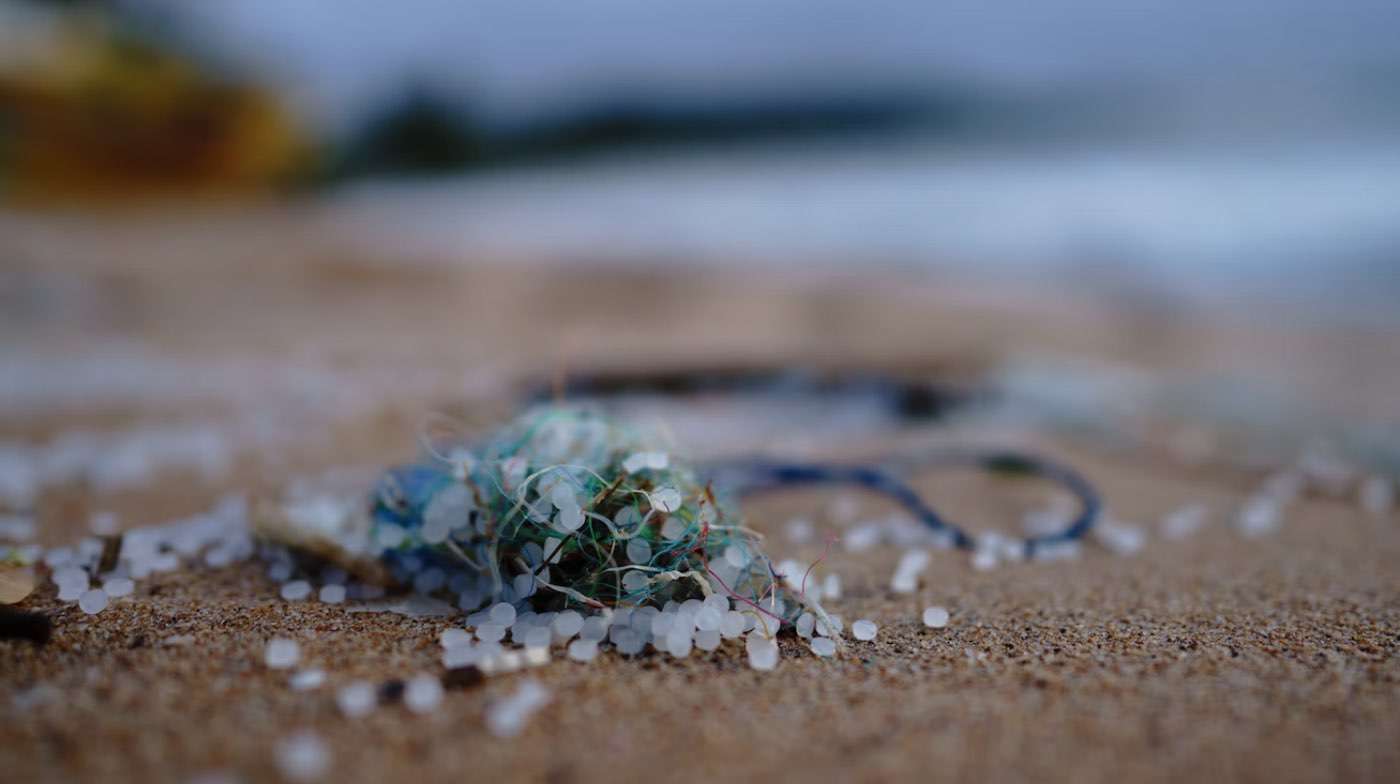Scientists Prove Gingers Are Totally Normal-Having Been Around for Millions of Years in Other Species
the findings of their study will enable scientists to better reconstruct the original colors of extinct organisms.

Chinese scientists have created some experimental sponges out of starch and gelatin that can soak up microplastics which could be adopted in various places to reduce plastic pollution from entering the oceans.
The sponges are literally as light as a feather, and inside their pores, not only microplastics, but nanoplastic particles of less than one micron in size—or 1 millionth of a meter—can become trapped.
Sponges already serve a dozen purposes in society, but researchers at the College of Food Science and Engineering in the city of Qingdao, wanted to see if they could be applied to cleaning up microplastic pollution, which these days is a topic eternally close to the headlines for good reason.
Having been found in mass quantities at the deepest depths of the ocean, swirling around in the jetstream, raining down on national parks, and blowing over remote mountain peaks, microplastic pollution is everywhere on Earth. Scientists are still trying to study the adverse health effects of ingesting and inhaling as much as 50 credit cards worth of plastic per year.
The key, scientists speaking with Hakai Magazine say, is to cut out the microplastic pollution at its source. That's where these sponges come in.
In testing their simple invention made from gelatin and corn starch, it was able to remove around 90% of micro and nano plastic particles from environmental and food matrices, including seawater, tap water, soil surfactant, and even take-out lunch soup.
MORE MICROPLASTIC SOLUTIONS:
Christian Adlhart, a chemist at Zurich University of Applied Sciences in Switzerland, told Hakai that one of the best ways to use these sponges would be to throw a couple into your washing machine loads of synthetic clothing since it has been proven that tiny fibers shed during the rinse cycle enter the water supply.
"I think it would absorb a large fraction of the fibers," said Adlhart, who published a similar paper in 2021 with sponges made of chitosan from crustacean shells.
OTHER GREAT IDEAS: Revolutionary Filter Uses Moss to Capture Pollutants And Microplastics Before You Drink Them
A big advantage to the sponges made by the team from Qingdao is that they are biodegradable, and so can be used liberally. They are also extremely light—weighing less than a flower petal, meaning they should be extremely cheap to produce. However, the chemical process they used to make them included formaldehyde, which the authors admit is a serious environmental drawback.
They believe that if their continued research to turn up an alternative to formaldehyde succeeds, then their plastic-absorbing sponges could be an effective means of reducing microplastic pollution in manufacturing and laundry applications.
SOAK Up This Good News And Expunge It On Social Media…
Be the first to comment